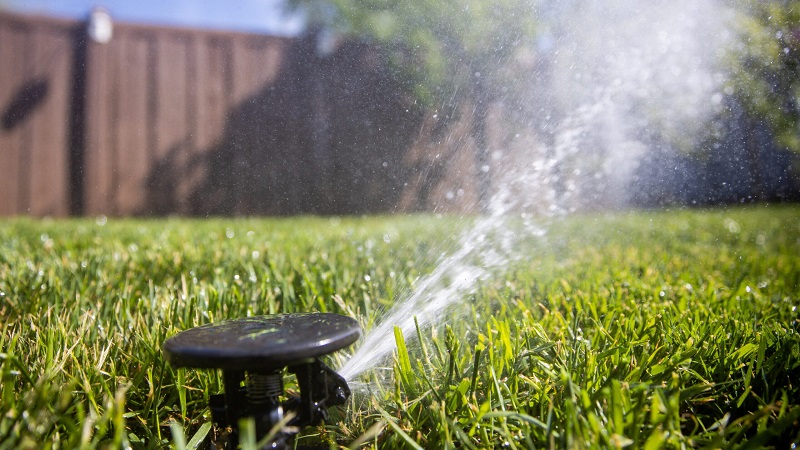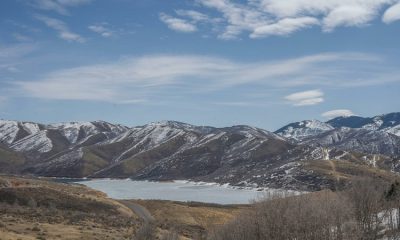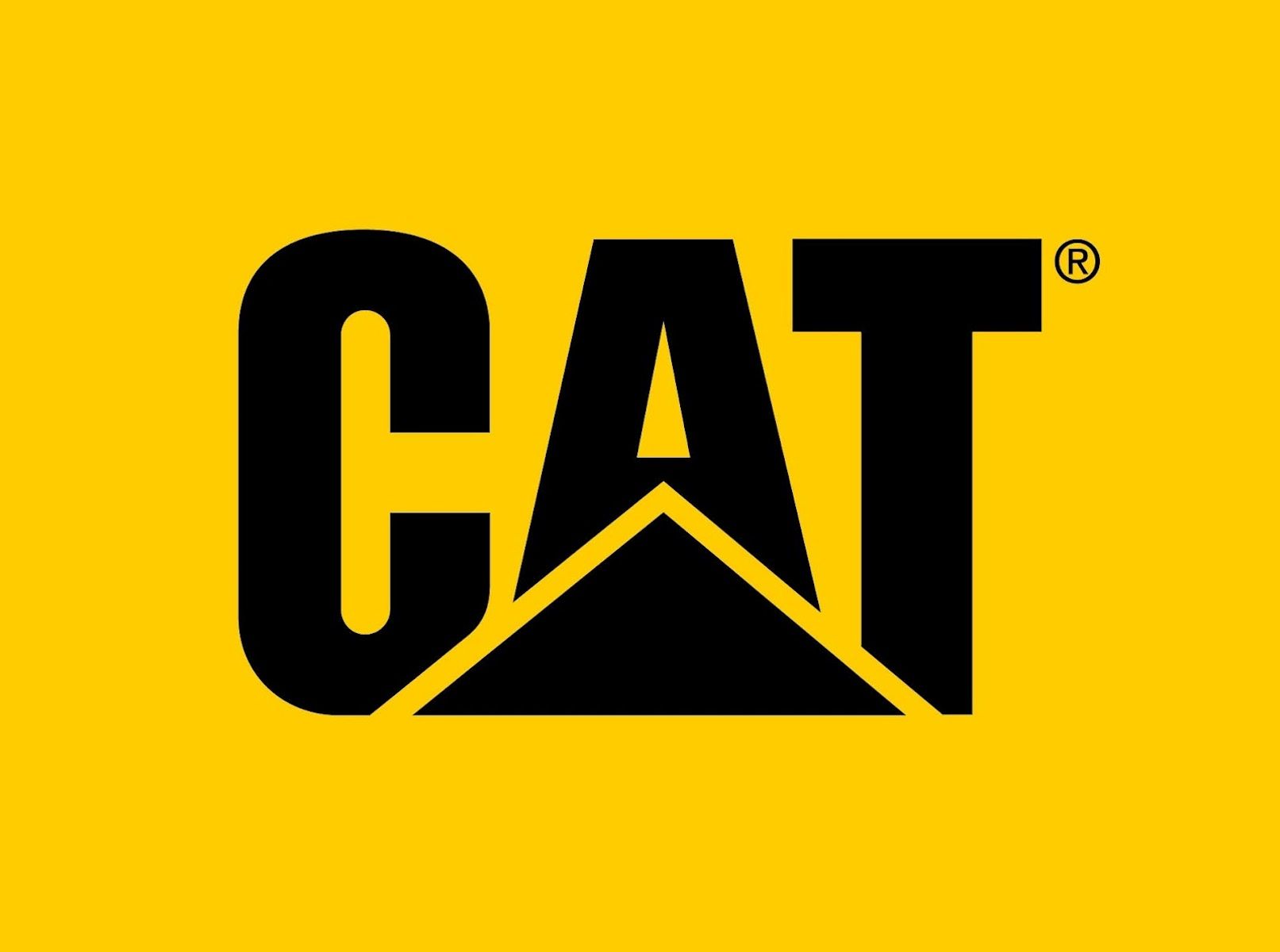Local News
Is it time for Utah to alter the way that its people pay for water?

Salt Lake City, Utah – There is now an investigation being conducted by the Division of Water Resources in Utah to determine whether or not there should be a change in the manner in which water is paid for in the state.
People are currently required to pay a monthly water bill; yet, the majority of the water that they use is really paid for through property taxes. Environmental and taxpayer watchdog groups have advocated for the move to a “user fee,” stating that individuals should be required to pay for the water that they consume in order to encourage water conservation and contribute to the preservation of the Great Salt Lake. The chair of the Senate Revenue and Taxation Committee, Dan McCay, a Republican from Riverton, issued an order for a study on the subject after a bill that he attempted to propose was met with substantial opposition on Capitol Hill in Utah.
Already, some results are being uncovered by the investigation, which is scheduled to be finished in October. During a conference held by the Utah Water Users Association in St. George last week, Candice Hasenyager, who is the director of Utah’s Division of Water Resources, provided an update on the progress of the research. Among the western states, for instance, Utah is not the only one that relies on property taxes to support the infrastructure needs of the state.
“We’re learning some interesting things and I think one of the really important things that’s kind of the next step is the study to determine well, if not property taxes, then what?” she said. “What is the model that we’re going to use? And everywhere within Utah is so different so it may not be a one-size-fits-all solution.”
The idea of rethinking the property tax is not well received by local water districts. These districts believe that the tax is essential for maintaining funds for essential infrastructure improvements that ensure the pipelines continue to function and the taps continue to perform their functions.
“I think it would be extremely detrimental to the citizens because first of all, they will actually end up paying more money,” said Zach Renstrom, the general manager of the Washington County Water Conservancy District. “When we go in and get bonding and certain financing things, we get a lower rate on our bonding because we have a diverse portfolio collection of our money. Also with all this water conservation going on, we use property tax to help with that.”
According to Renstrom, local water districts are becoming more aggressive if they want to charge consumers for the amount of water that they use. According to him, the Washington County Water Conservancy District now levies an additional price of ten dollars for every thousand gallons of water that exceeds seasonal criteria. These thresholds are as follows: 8,000 gallons during the winter, 15,000 gallons during the spring and fall, and 20,000 gallons during the summer. This fee is in addition to the municipal water rates that each individual is required to pay.
“If we have an individual that is abusing the system they get a very, very healthy, large water bill. If you’re that user that’s using a very minimal amount of water, on a fixed income, our water rates are lower for them,” Renstrom said.
In his argument, Kyle Roerink, who serves as the executive director of the Great Basin Water Network, stated that Utah has the potential to demand even higher fees. Roerink stated that his company is in support of tiered systems that charge individuals for the content that they consume.
“I think the fairest thing to do is to continue focusing on that tiered and targeted mechanism to really hit the people who are really using the most. I think Utah can absolutely be doing more in all of their counties,” he said Monday.
Sen. McCay made a suggestion that the matter might be brought up again during the subsequent legislative session. “The water issue is currently being studied and I’m hopeful we will have solutions that better align water usage and rates,” he said.
-

 Local News2 weeks ago
Local News2 weeks agoThe Jewish community in the area responds to a potential Iranian invasion on Israel
-

 Local News2 weeks ago
Local News2 weeks agoGorilla in Hogle Zoo expecting a new little bundle of joy
-

 Local News2 weeks ago
Local News2 weeks agoAfter 119 years, a Salt Lake company is moving to Murray, and the structure will be demolished
-

 Local News2 weeks ago
Local News2 weeks agoSignificant weather changes will bring Utah rain, snow, and cooler temperatures
-

 Local News6 days ago
Local News6 days agoA large number of people start running in the Salt Lake City Marathon
-

 Local News1 week ago
Local News1 week agoUsing a deck of cards, a Utah man hopes to overcome his fear of flying
-

 Local News1 week ago
Local News1 week agoAs we come to the end of another fantastic snowy year in Utah, here is the most recent flood forecast for the spring melt
-

 Local News1 week ago
Local News1 week agoStarting this Saturday, National Park Week will begin with free park access







Leave a Reply